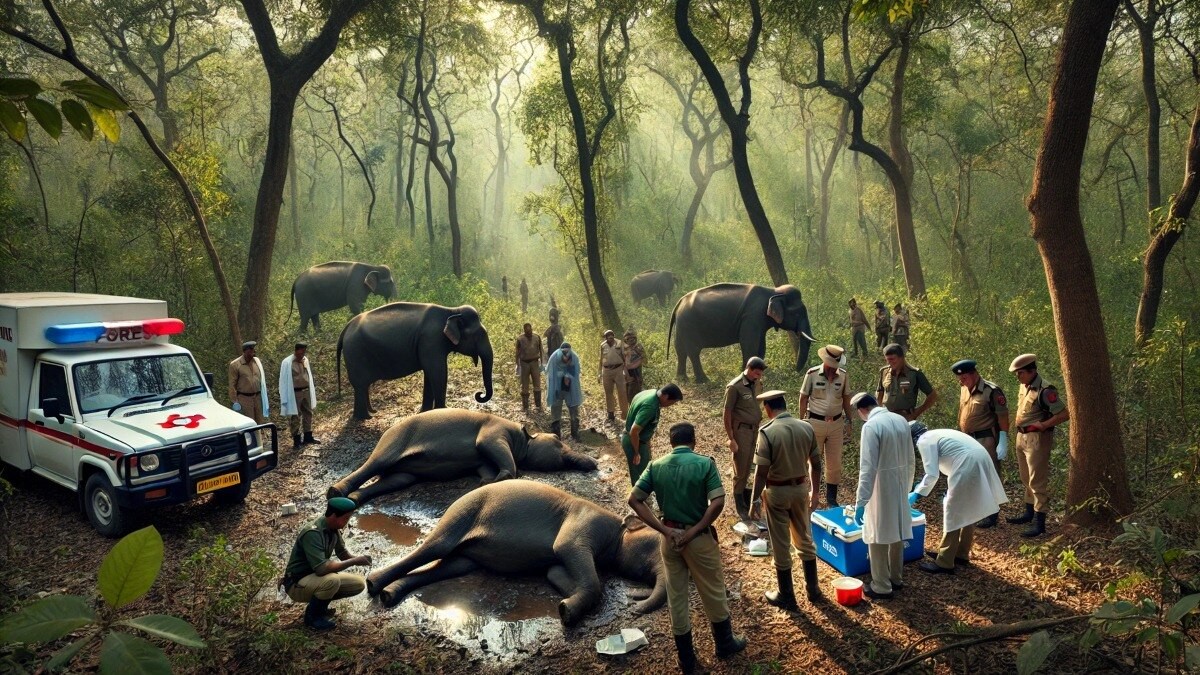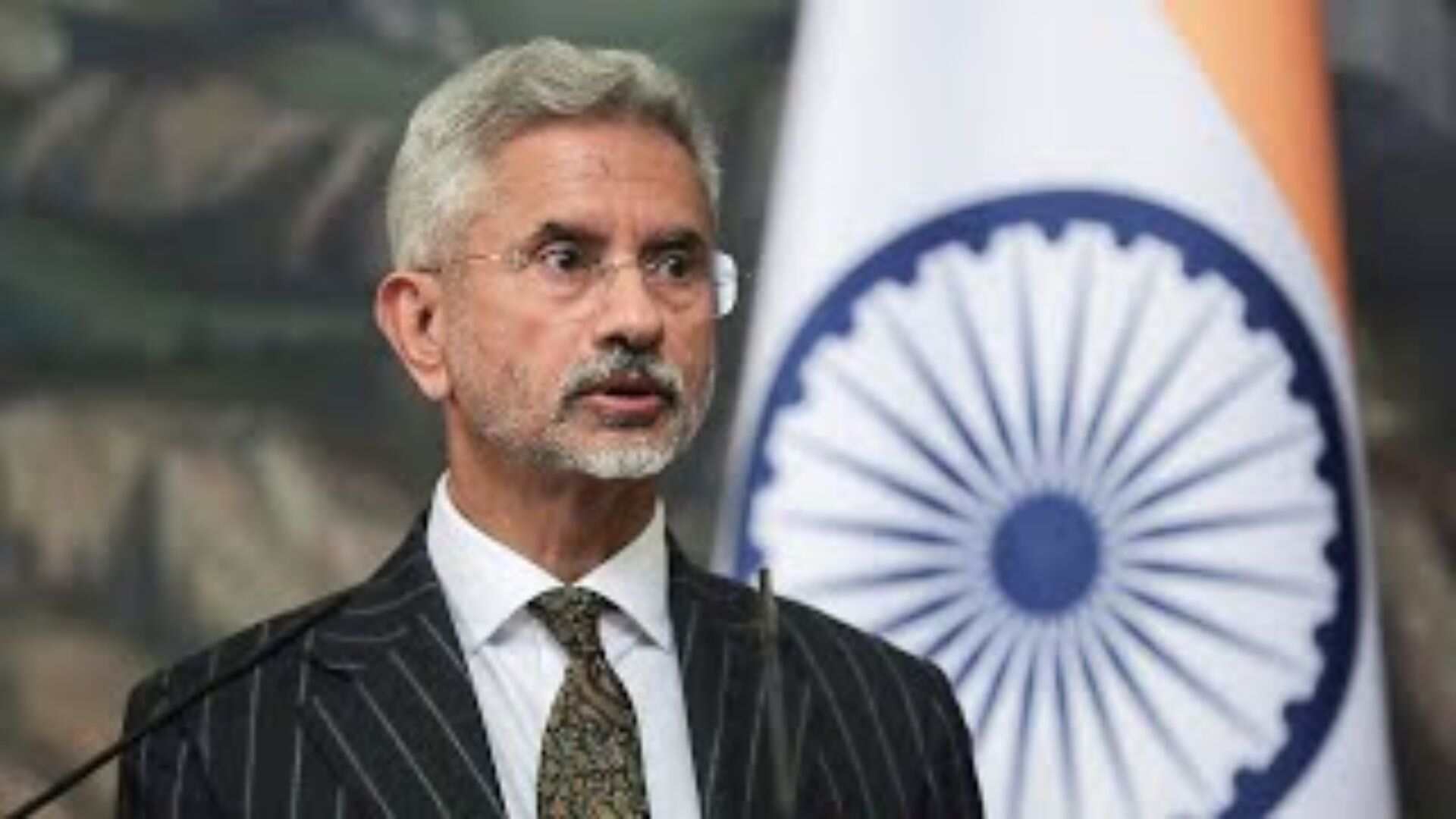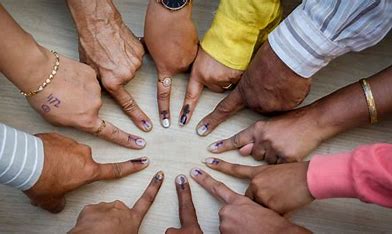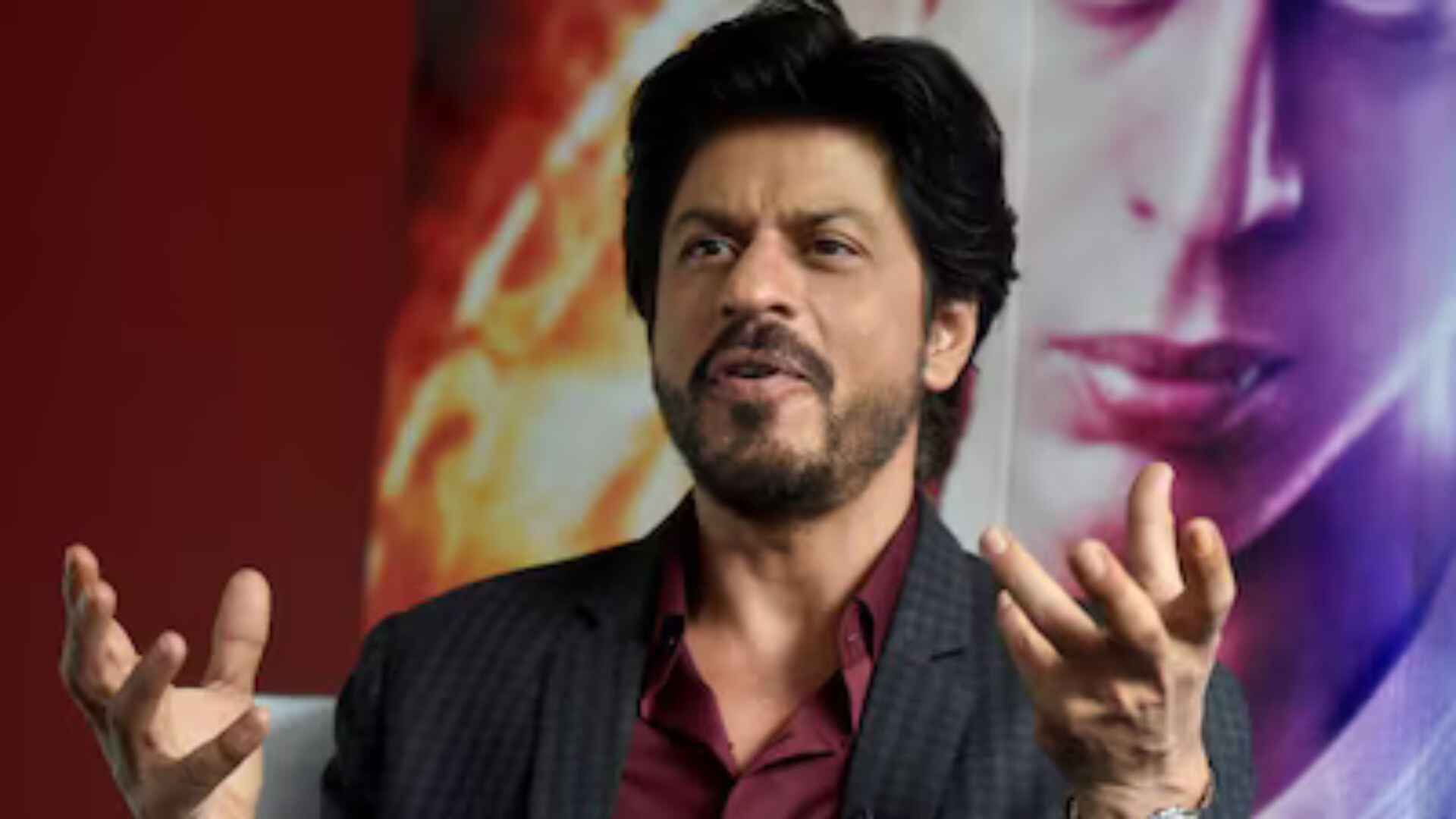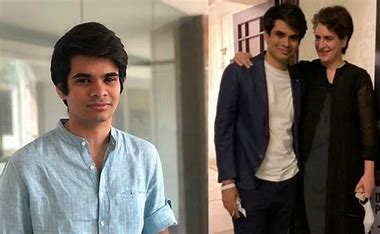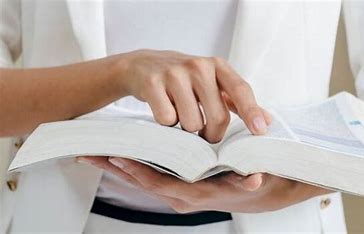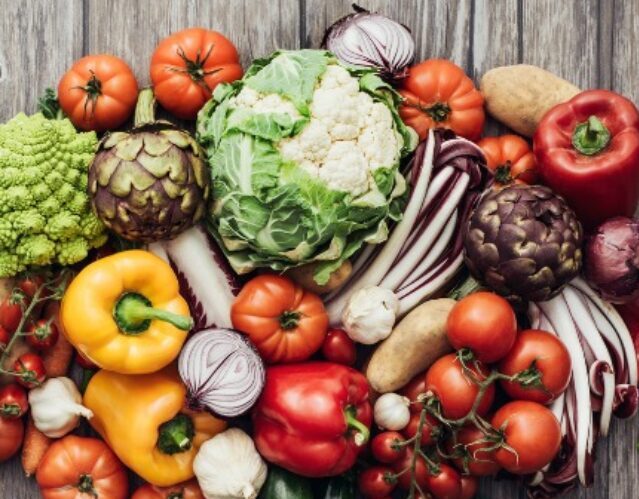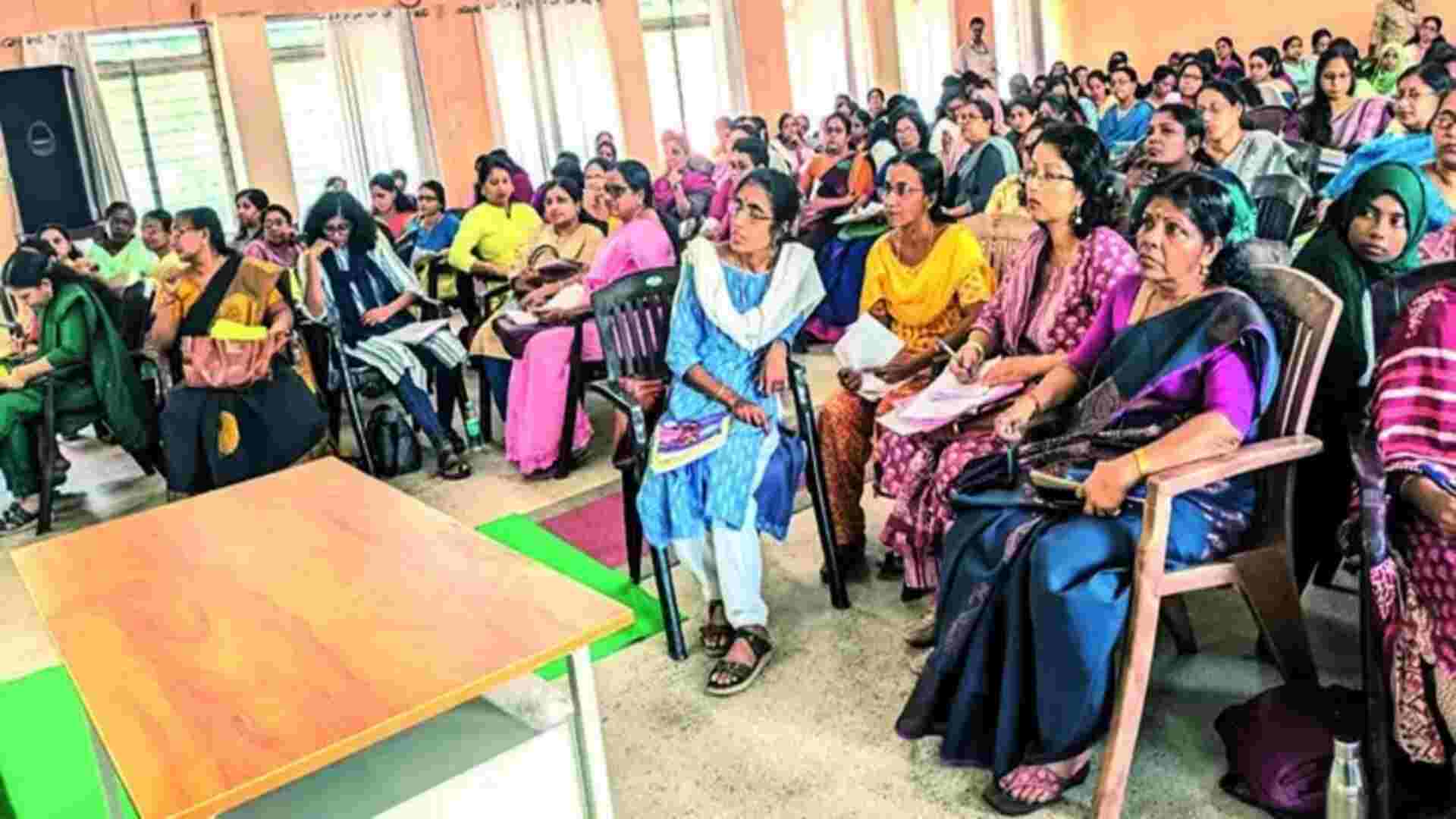
In the upcoming Phase 2 of parliamentary elections on April 26, the participation of women candidates remains a concern, with only 8.6% of the 1,198 candidates vying for 87 parliamentary seats being women. This percentage, while slightly higher than the previous phase’s 8.2%, underscores the persistent gender gap in political representation. Kerala emerges as the frontrunner in terms of female candidates, boasting 25 women in the fray across all 14 of its 20 parliamentary constituencies slated for Phase 2. Following closely are Maharashtra and Karnataka, each with 21 women contesting across their respective constituencies.
However, the disparity is evident in states like Uttar Pradesh, where only 10 women are contesting across six of the eight parliamentary constituencies in Phase 2. Rajasthan similarly lags behind, with just seven women candidates across six of its 13 Lok Sabha seats. The situation is even more disheartening in Madhya Pradesh, where only five female contestants are spread across six constituencies, excluding Betul, where polling was postponed due to the unfortunate demise of a BSP candidate.
Even states witnessing polling in Phase 2 with fewer constituencies, such as West Bengal, Bihar, and Chhattisgarh, are not immune to this trend, each having only three women candidates in the fray. Assam and Tripura have two women candidates each, while Jammu & Kashmir has a sole female contestant among its 22 hopefuls in the Jammu parliamentary constituency.
On a constituency level, Bangalore North and Amravati (SC) in Maharashtra boast the highest number of women candidates, with six each. Not far behind are constituencies like Nanded in Maharashtra and Vadakara in Kerala, with four women each competing for parliamentary seats. Additionally, seats like Bangalore South, Kasaragod, Baghpat, and Mathura witness the participation of three women candidates each.
Turning to party representation, the BJP leads the pack with 10 women candidates, followed by Congress with five, BSP with six, and smaller parties like CPM, CPI, SP, Shiv Sena, RJD, and LJP, each fielding one female candidate.
In the earlier Phase 1, out of 1,625 candidates across 102 parliamentary constituencies, only 134 were women, indicating the pressing need for greater gender inclusivity and representation in India’s political landscape.

